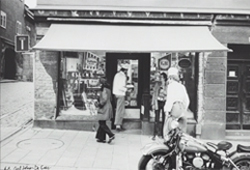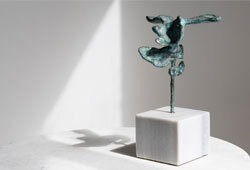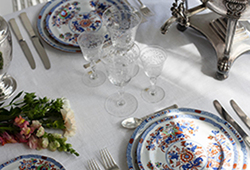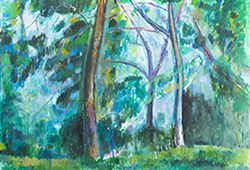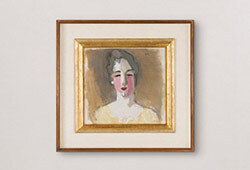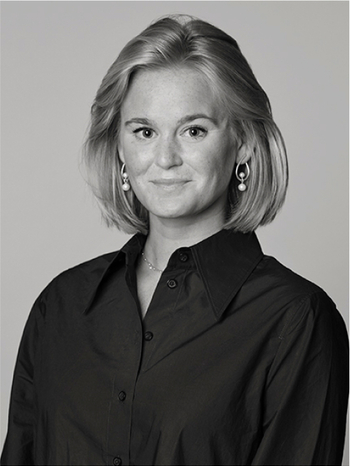Henry Moore
"Maquette for Reclining Figure: Pointed Head"
Signed and numbered 9/9. Conceived in 1982. Sculpture, bronze, height 1.8 cm, length 18.1 cm including base. Foundry Fiorini Ltd, London.
Täydennyslista
Provenance: Acquired by the present owner at Galleri Fabian Carlsson, London in 1987/88.
Alkuperä - Provenienssi
Acquired by the present owner at Galleri Fabian Carlsson, London in 1987/88.
Kirjallisuus
Henry Moore: Catalogue Raisonné: 1980-1986, LH 826
Muut tiedot
"There are three fundamental poses of the human figure. One standing, another is seated, and the third is lying down. But of the three poses, the reclining figure gives the most freedom, compositionally and spacially. The seated figure has to have something to sit. You can't free it from its pedestal. A reclining figure can recline on any surface. It is free and stable at the same time. It fits in with my belief that sculpture should be permanent, should last for eternity". Franco Russoli, "Henry Moore - Sculpture", exhibition catalogue, Barcelona, 1981, p. 86.
Henry Moore made large-scale modernist sculptures of the human form. While he took inspiration from African and pre-Columbian art, along with the work of his contemporaries such as Pablo Picasso and Alberto Giacometti, Moore developed his own visual language using marble and bronze. Throughout his career, the artist mostly sculptured the Mother and child and single figures in repose. His style embraced hollows, crevices, and undulating, biomorphic shapes that all complicated the boundary between figuration and abstraction.
The son of a Yorkshire coal miner, Moore enjoyed his first overseas retrospective at the Museum of Modern Art in 1946. He swiftly became an international sensation. In 1948, he represented Great Britain at the Venice Biennale and won the International Sculpture Prize. Today, Moore’s sculptures can be found in public parks and plazas worldwide and in the collections of the Tate, the Guggenheim Museum, the Hammer Museum, the Stedelijk Museum, and the Art Gallery of Ontario. In 2016,






